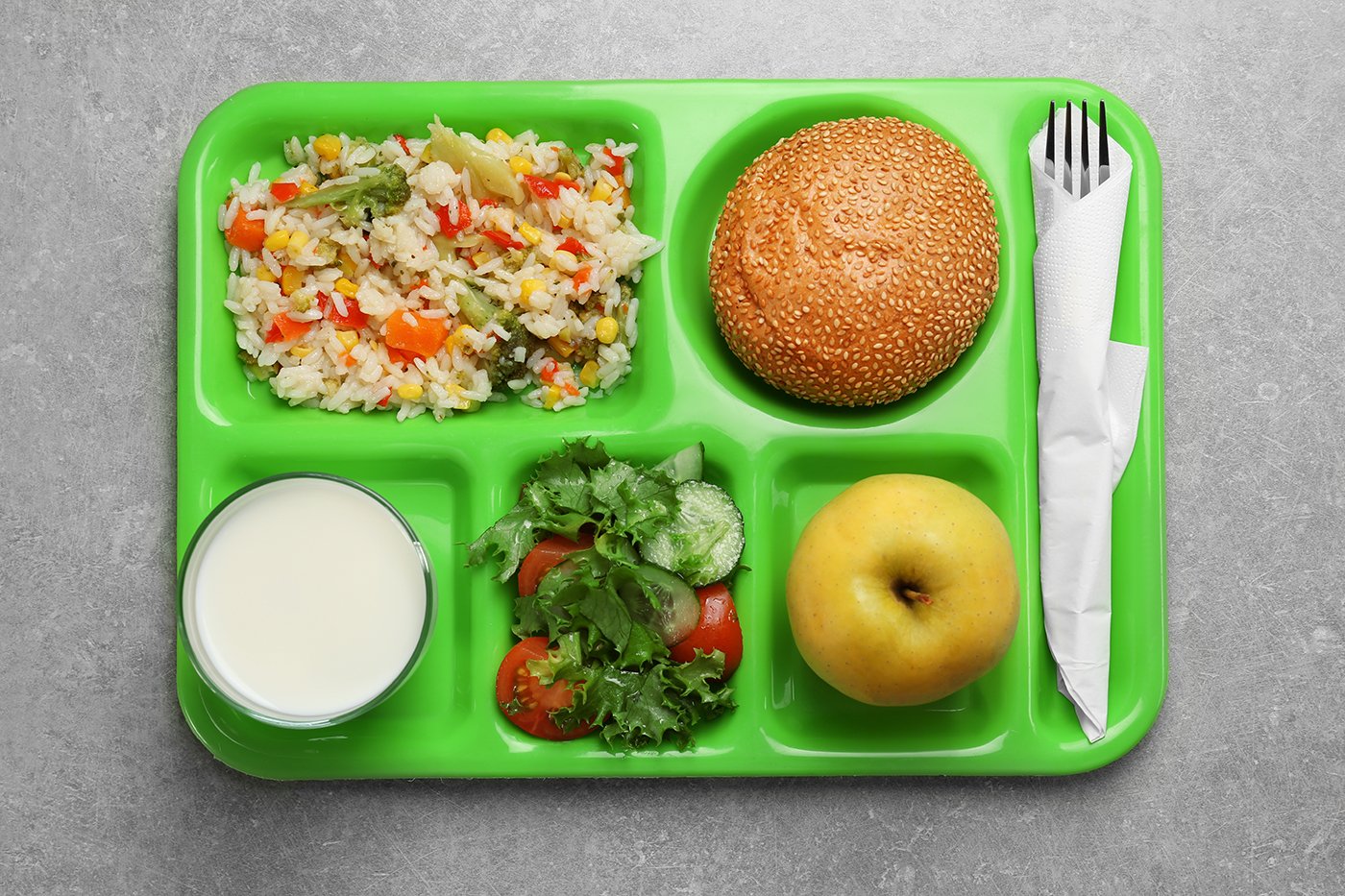New federal rules will phase in limits on added sugar and sodium in school lunches, with the aim of providing students with healthier and more balanced meal options.
The final rule, published by the U.S. Department of Agriculture’s Food and Nutrition Service on Thursday, April 25, reflects the latest science-based recommendations for nutrition and USDA’s Dietary Guidelines for Americans 2020-2025. Starting July 1, 2024, this rule will undergo phased changes, with major changes scheduled for the 2025-26 and 2027-28 school years.
added sugar
By the 2025-26 school year, the added sugar content of breakfast cereals cannot exceed 6 grams per ounce. Yogurt must have less than 12 grams per 6 fluid ounces, and flavored milk must have less than 10 grams per 8 fluid ounces. Or in the case of flavored milk sold as a “competitive food” in a middle school or high school, i.e., available food and beverages. 12 fluid oz. sold to students on school grounds that are not part of the federal reimbursable meal program, including food and beverages sold in vending machines, student stores, or food concession stands; Contains 15 grams or less of added sugar per serving.
By the 2027-28 school year, added sugar will be limited to less than 10% of the calories provided per week in school lunch and breakfast programs. For comparison, in the 2014-15 school year, approximately 11% of the calories provided per week at lunch and 17% of the calories provided per week at breakfast came from added sugars.
whole grain
The Whole Grain Rule maintains the current requirement that at least 80% of the grains served each week must be enriched with whole grains. The regulation clarifies that “enriched with whole grains” means that the product’s grain content is between 50% and 100% whole grains, with the remaining grains enriched .
sodium
Schools will be required to reduce salt by 10% in breakfast and 15% in lunch by the 2027-28 school year, as detailed below.

